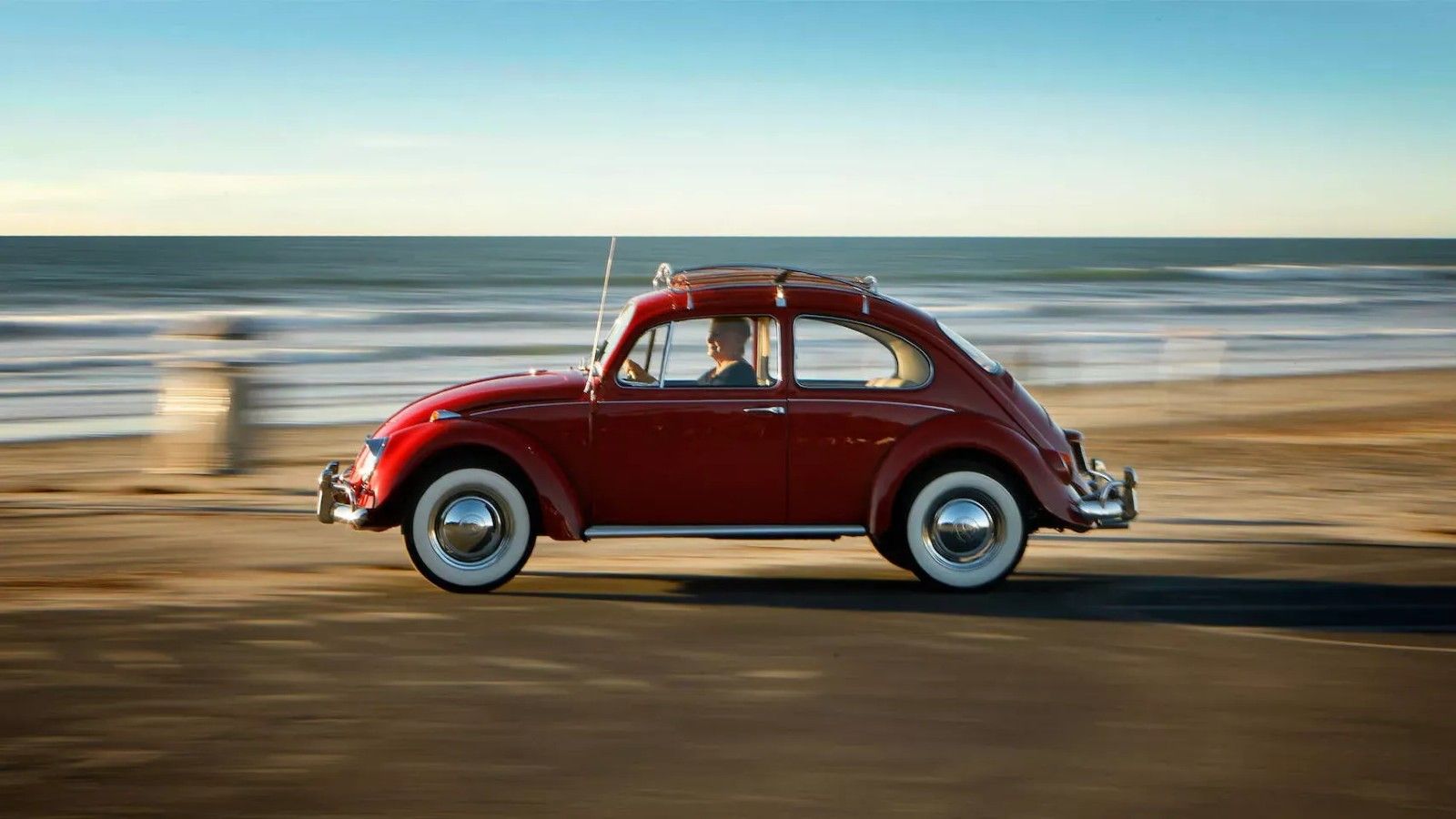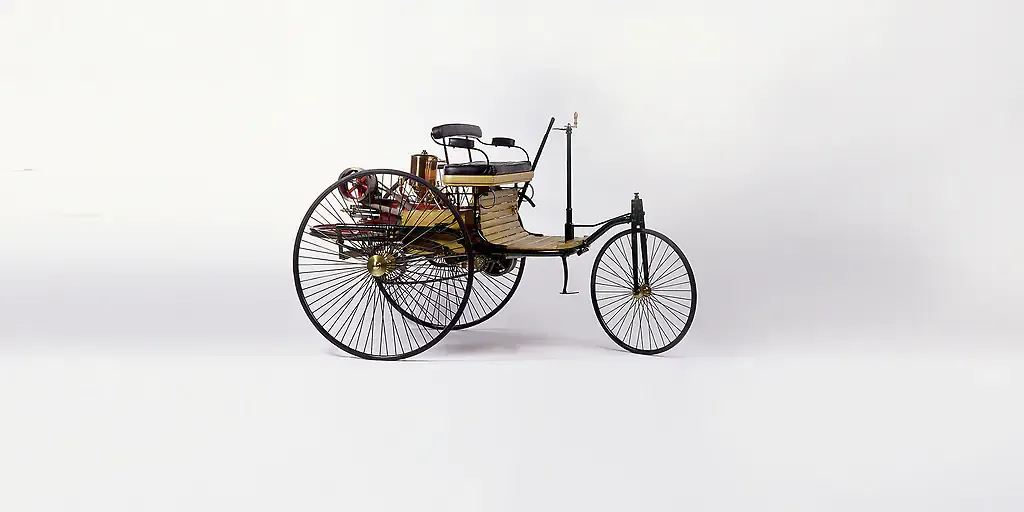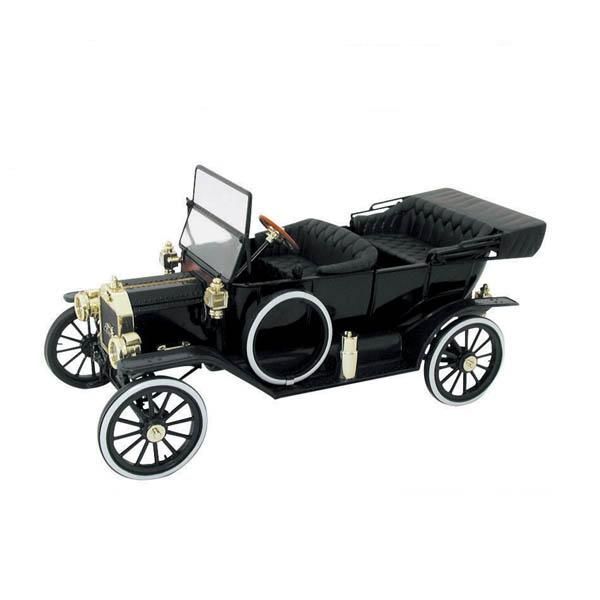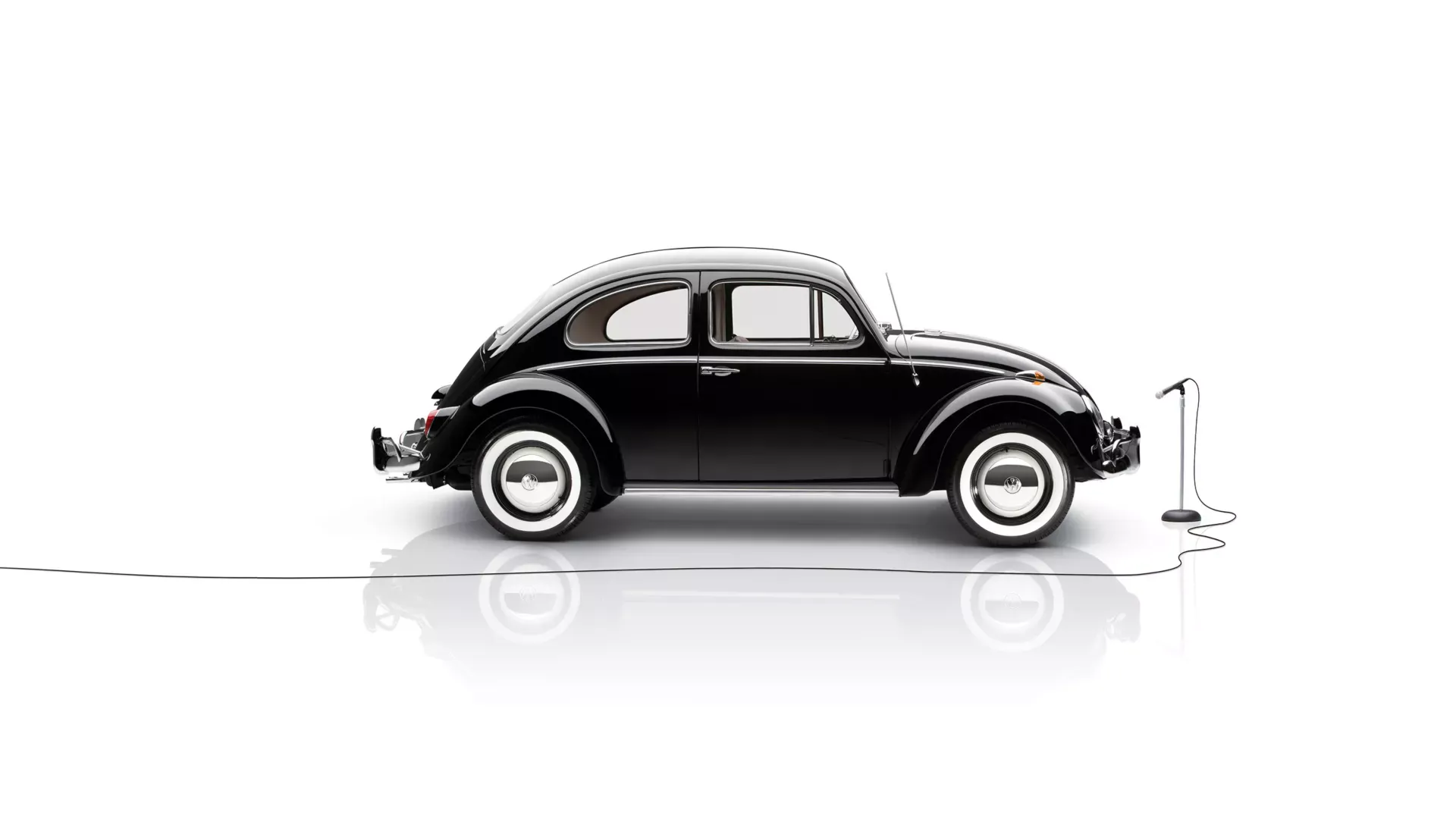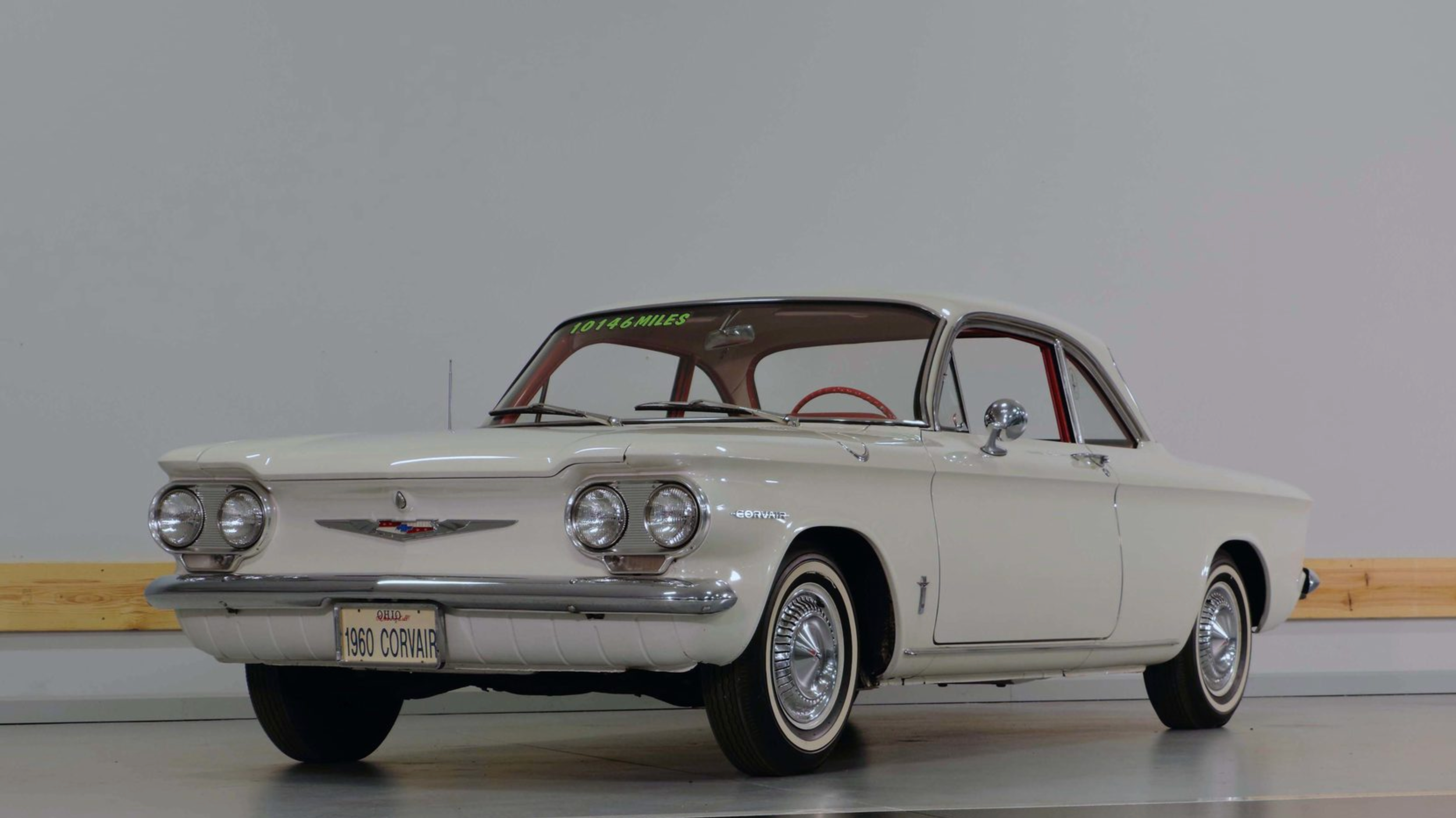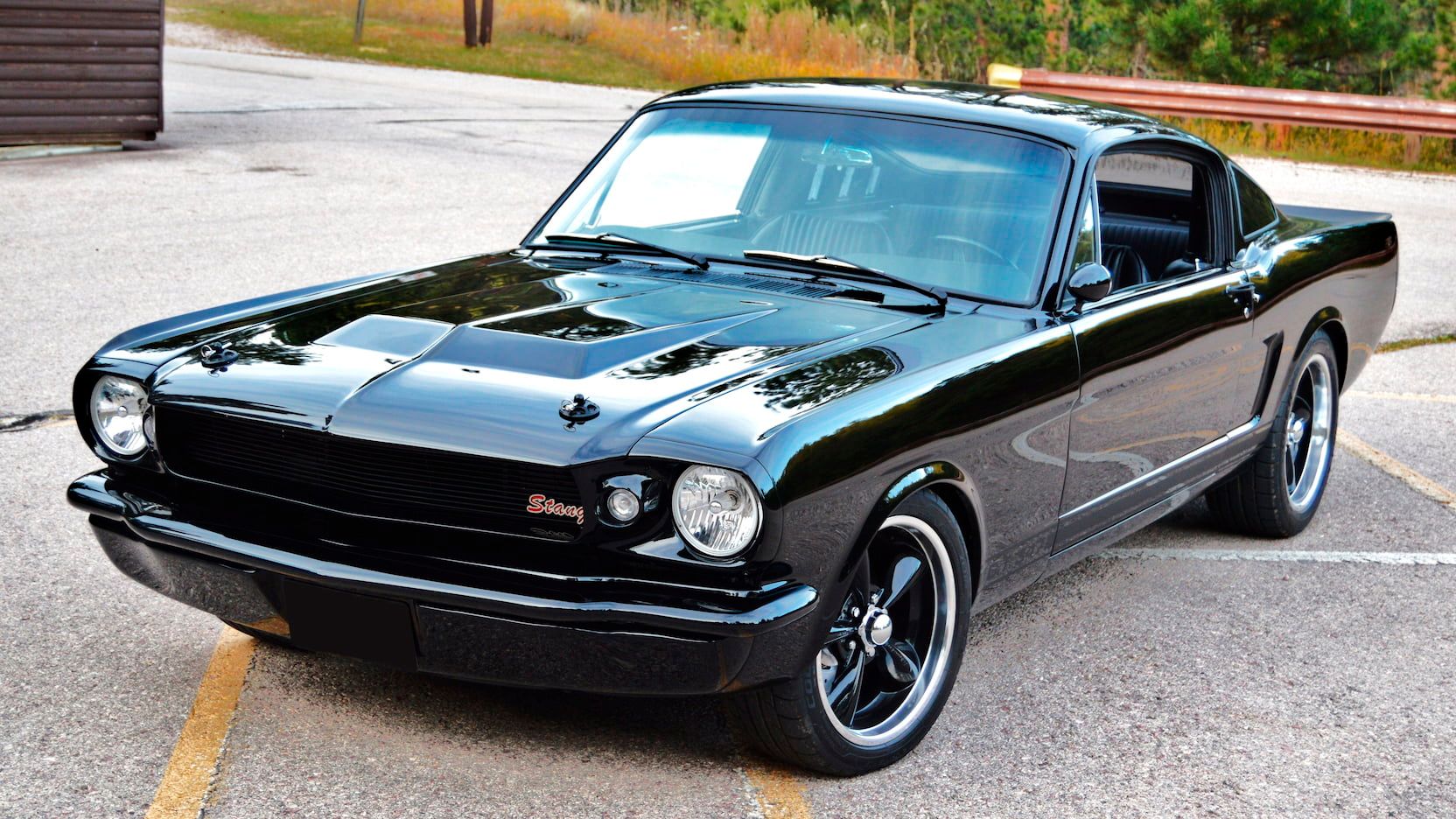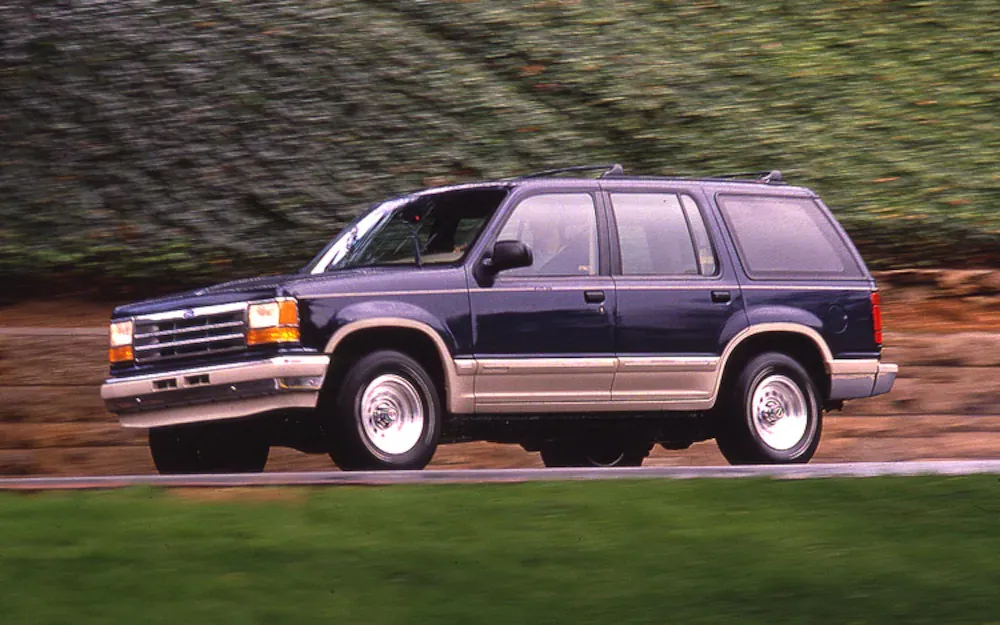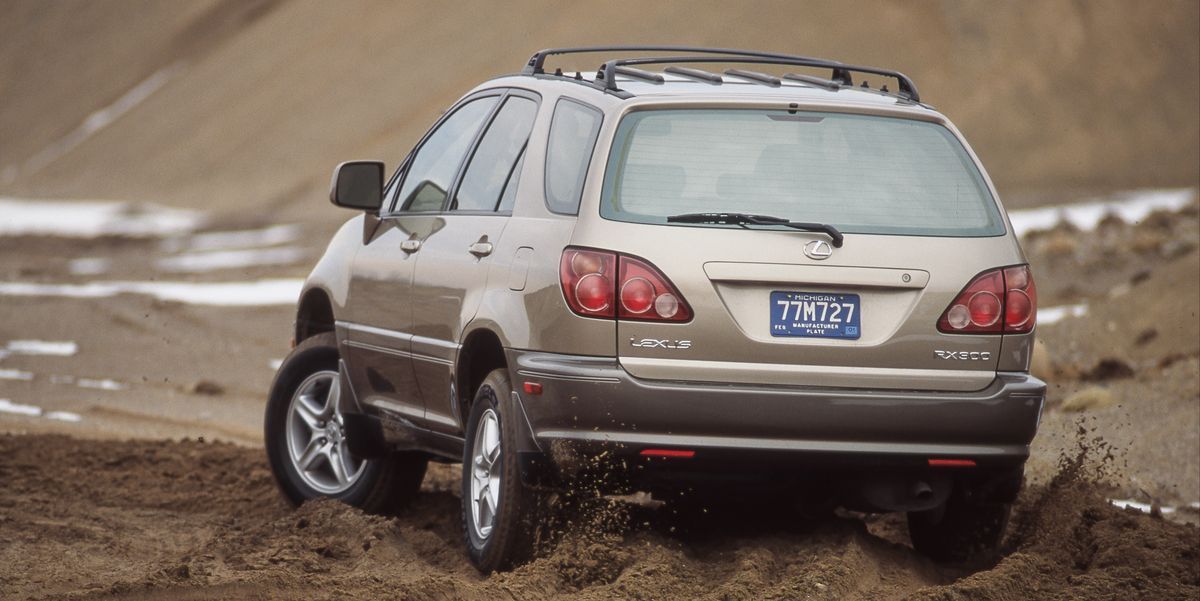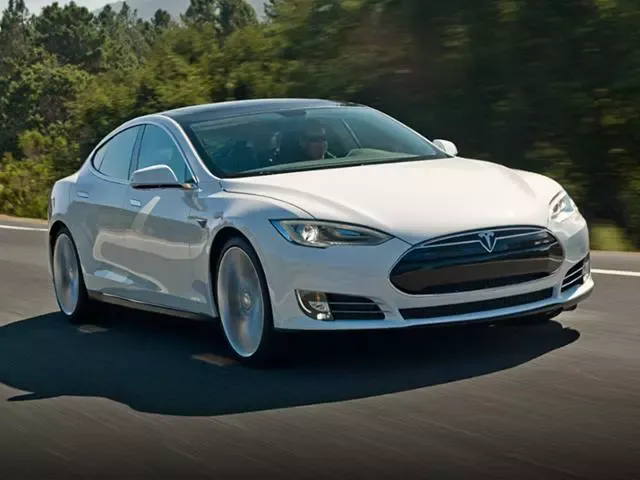With decades of automotive history, it's no shock this list contains some, well, interesting examples. From wood to Woodstock and the birth of the "soccer mom car", you're sure to have memories, or maybe even nightmares. But, those nightmares don't take away from the fact that before we had what we have today, these vehicles paved the way for automotive greatness. In a way, these are examples of paying respect where respect is due. If you're into that sort of thing.
10 1886 Benz Patent Motorwagen
In 1886, Karl Benz patented the first-ever internal combustion motor vehicle. His vehicle had a single-cylinder four-stroke engine that could reach roughly 10 miles per hour. Benz sold around 25 iterations before teaming up with his competitor, Gottlieb Daimler. Together, they designed a wooden three-wheeler with a single-cylinder brass engine. The company later took the name Mercedes-Benz for the cars.
9 1908 Ford Model T
Henry Ford changed the name and the game in cars and manufacturing when he designed his Model T, one to be mass-produced on an assembly line. Until the Volkswagen Beetle, the Model T was the most popular car in history. Fun Fact: Ford raised the wages of his assembly-line workers to $5 a day, so they could all afford one. Doesn't that sound nice?
8 1949 VW Beetle
The most popular car design ever, the Volkswagen didn't change the Beetle's design for more than 40 years, with its engine in the rear and trunk up front. Ferdinand Porsche designed the Beetle (yes, that Porsche) as cheap transport for the masses in World War II Germany. Few were built in the strained wartime economy, and high-ranking Nazis owned most. But, the Volkswagen, or people’s car, became a huge commercial success, almost single-handedly powering the German economic recovery after World War II. Its design, however, didn’t go on to influence other cars beyond Porsche’s own sports cars.
7 1960 Chevrolet Corvair
As the subject of Ralph Nader’s groundbreaking book, “Unsafe at Any Speed,” the Corvair woke America up to the need for safety standards in cars. It mimicked the layout of the very successful Volkswagen Bug, with a flat-six engine in the back, a trunk up front, and fully independent suspension. However, the independent suspension in the rear proved the biggest among the car's many safety hazards. Corvairs would spin and flip in emergency maneuvers. Nader also pointed out that, like other cars of its era, the Corvair had no crumple zones or seat belts. Nader's book led to the creation of the National Highway Traffic Safety Administration, which implemented the first safety standards for cars across the nation. Without Corvair and Nader’s book, cars today wouldn’t be nearly as safe as they are. Crazy, right?
6 1965 Ford Mustang
When it debuted in 1964, the Ford Mustang proved that car buyers wanted style, even in basic transportation. The Mustang was based on the Ford Falcon, a car designed to be as economical as possible while putting engineering and efficiency ahead of performance. Basically, a new body with sports-car proportions placed on top of the Falcon. The Mustang became the favorite of Americans, often seen with celebrities, making a style statement. Mustang has endured the test of time as the last remaining continuously produced muscle car from the ‘60s.
5 1991 Ford Explorer
We all know it, we all think it. Minivans just aren't for everyone (anyone). Consumers wanted something more – like the Ford Explorer - essentially a cool family SUV for everyone. Based on the Ford Ranger pickup platform, Explorers were fulltime "off-roaders" with part-time four-wheel drive and an active, very truck-like suspension. On the flip side, they had generous space and were available with features special to luxury cars - power windows, leather seats, and air conditioning, the works. The Explorer paved the way for SUVs to become the family cars of the early 21st century.
4 1999 Lexus RX300
The original Lexus RX300 set the bar for today’s crossover SUVs. The formula was taken from the Ford Explorer and put on a car platform with a lightweight all-wheel drive system. The formula was so successful that crossover SUVs now represent more than one-third of all vehicles sold. Consumers with extra coins still run to the RX in droves, now known as the RX 350, for its bigger engine. No surprise here, the RX is the best-selling luxury vehicle in America.
3 2004 Toyota Prius
The second-generation Toyota Prius changed America. This hybrid that used batteries to save gas, proved that saving gas and reducing pollution still mattered. The hatchback design and comfy rear seat asked for very little backlash from drivers. And, with its low fuel economy and maintenance costs, it replaced the formula for cheap, reliable transportation that other vehicles, such as the Toyota Corolla, had long held.
2 2011 Chevrolet Volt
With the Volt, Chevrolet took the next giant leap from fuel-efficient hybrids toward practical electric cars by building a combination with a much bigger battery. This one could run on electricity and a gas engine keeping drivers away from the fear of a total battery drain. It provides enough electric range to meet most drivers’ needs at a lower cost than a long-range electric car.
1 2012 Tesla Model S
The Tesla Model S revealed the future of cars around the world. It proved that electric cars could be sexy and that sexy vehicles don’t have to run on gasoline. It showed definitively that electric cars don’t have to be limited by batteries that have only a short range or by long recharge times. And, while it’s an aspirational luxury car with a price tag to match, the fantastic thing about it is how much fun it is to drive. It’s fast, rides beautifully, has excellent handling, and has plenty of room. It quickly became the best-selling premium luxury car in the U.S. No shocker there.

